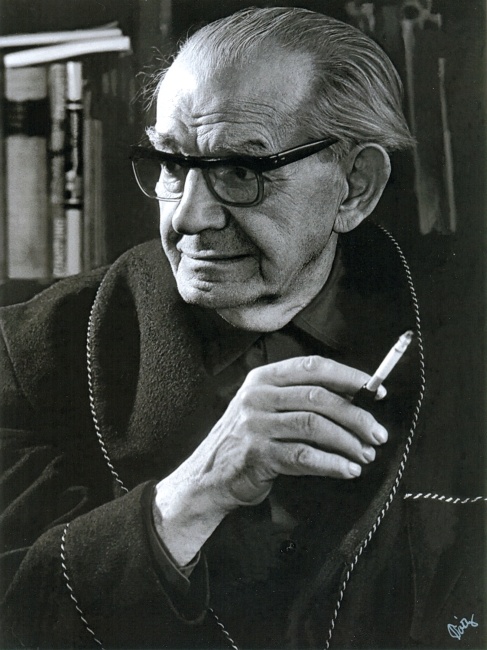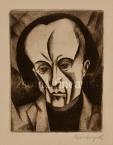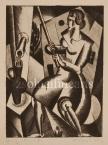Bortnyik, Sándor (1893-1976)

He moved to Budapest in 1910 and enrolled in Rippl-Rónai - Kernstok - Vaszary's school in 1913. His cubist-expressionistic linocuts inspired by revolutionay ideas were published one after the other in 1918. His canvases with characteristic subject matters and individual symbols attracted much attention in 1918. After the fall of the Hungarian Soviet Repubic, he was forced to emigrate. For some time he was still engaged in expressionism, but by 1921 he had arrived at non-figurative form analysis on the influence of Lajos Kassák and the Stijl group. He settled down in Weimar in the summer of 1922 to stay there for two years. He did not become a member of Bauhaus, yet he got aquainted with its principles and methods. The co-existence of styles characterized his works for some time: plain contructions, expressionism and cubism. After returning to Hungary in 1925, he established a short-lived avantgarde theatre with Ödön Palasovszky and István Hevesy. His constructivist posters soon appeared in Budapest. He founded a school for poster designing in 1928. By the mid-1930s, his art had undergone a change in content and style: he painted pictures of workers, peasants and circus showmen in the post-Nagybánya style. From 1949 to 1956, he was the director of the Art School.
Source: Hungarian National Gallery


